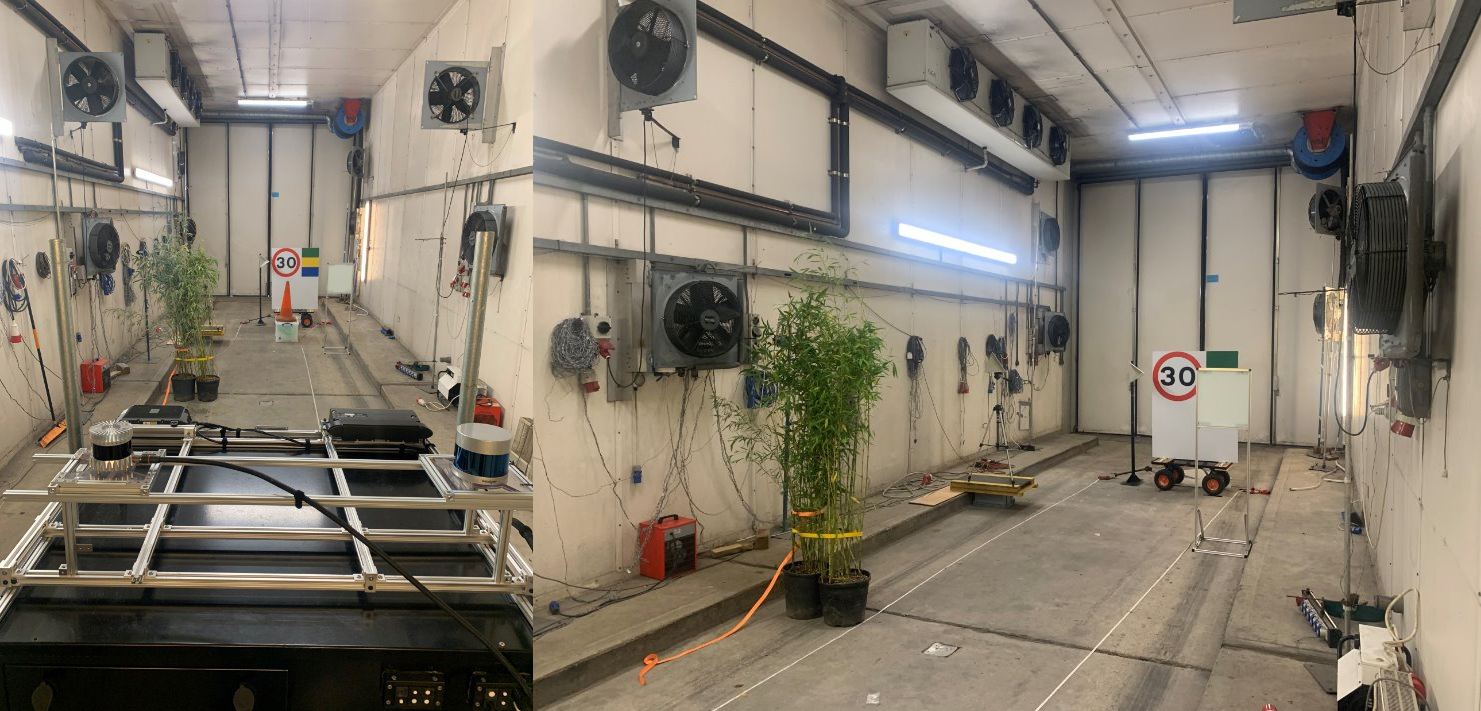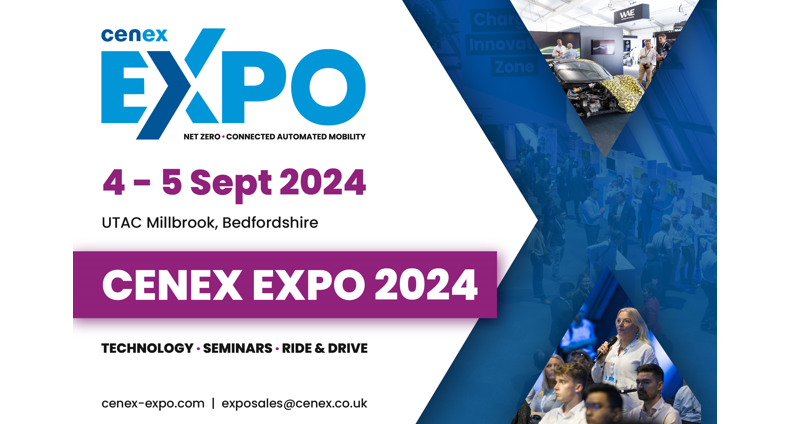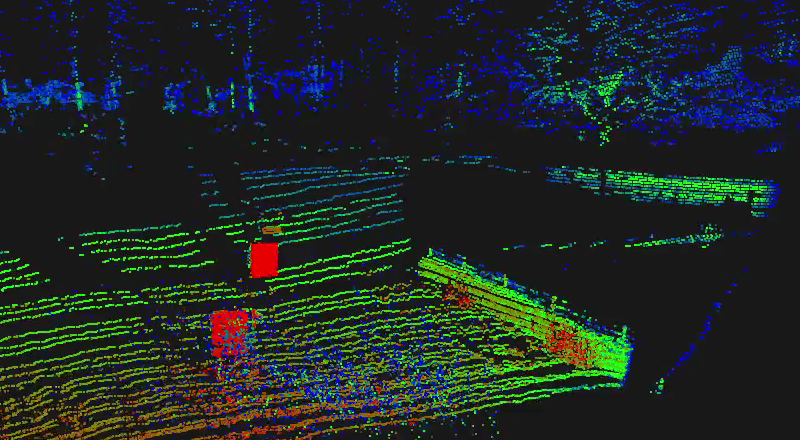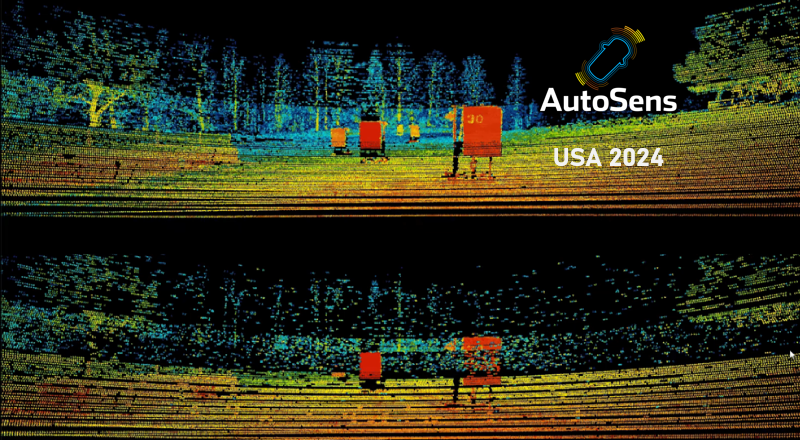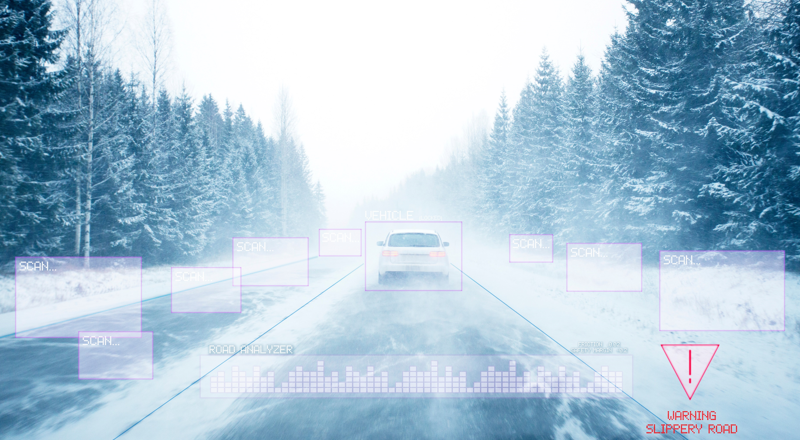Modelling, Simulation and Testing of Automotive Perception Sensors
Sim4CAMSens is a CCAV funded project working on methods to quantify and simulate camera, radar and lidar sensor performance under all conditions.
Project Partners
AESIN is an outstanding member-based community enabling the next generation of UK-centric automotive electronics & software systems and supply chains. Leading thought and impact for ingenious, sustainable, efficient, safe, and resilient mobility through the innovative application of electronics & software systems.
Compound Semiconductor Applications (CSA) Catapult was established in 2018 by Innovate UK to help the UK become a global leader in compound semiconductors. CSA Catapult is the UK’s authority on compound semiconductor applications and commercialisation.
Claytex is a consultancy, developer and distributor of modelling and simulation solutions for systems engineering. We focus on simulating the dynamics of how systems behave and interact. Our vehicle simulation solution for ADAS and Autonomous Vehicles provides sensor realistic simulation using the rFpro simulation environment.
The National Physical Laboratory (NPL) is a world-leading centre of excellence that provides cutting-edge measurement science, engineering and technology to underpin prosperity and quality of life in the UK.
Oxford RF provides the world’s first solid-state 360 and 270 ADAS and ADS sensors (enabling full 360-degree or 270-degree sensing without any moving parts). The patented sensor technology has lower size, weight, cost and power consumption compared with existing solutions in the market.
rFpro is an engineering-grade simulation environment for the automotive and motorsport industries. It’s used for the development and testing of autonomous vehicles, ADAS, vehicle dynamics and human factor studies – essentially anything that involves driving a vehicle.
Syselek develops innovative technology and toolchain solutions using automation for high integrity systems. Our solutions are built upon our deep technical expertise, research, engineering, and innovative technologies.
WMG is an academic department at the University of Warwick and is the leading international role model for successful collaboration between academia and the public and private sectors, driving innovation in science, technology and engineering, to develop the brightest ideas and talent that will shape our future.
Scope of Work
Sim4CAMSens will make a step forward in perception sensor modelling fidelity for autonomous vehicle and adas simulation through the combined test data collection, analysis and model development activities.
The project will run an extensive test program to collect data on the performance of camera, radar and lidar under a wide range of conditions including lab-based testing, field work and on automotive proving ground tests. The tests are being designed to explore and identify the noise factors that affect the sensor performance.


The modelling and simulation activities will enhance the sensor models and the virtual worlds that they see. Material property studies are being carried out to populate new databases within the simulation tools that mean every object will have the appropriate material properties for the wavelength that it operates at. The sensor models will focus on modelling the physics of how light and em-waves propagate through the environment and return to the detectors. API’s will be developed and proved out to incorporate the sensor developers own software stack.
Everything that is learnt and developed through the project will be applied to help accelerate the development of the novel perception sensor created by Oxford RF with the aim of substantially reducing their development timeline.
The validation processes for sensor models will be developed to support safety assurance. This will explore the topic of simulation tool credibility and propose a framework to justify this.

WP1: Perception sensor requirements
Within this work package a survey of existing CAV systems will be carried out to determine what a generic sensor suite for a given application might be, as well as carrying out a requirements cascade to determine the performance of targets of each sensor in the suite and the resulting model fidelity requirements.
WP2: Test data collection and analysis
Starting with a review of the State of the Art in sensor testing, this work package will develop new test and analysis methods to measure and quantify the performance of perception sensors across a wide range of operating conditions. Significant material property measurement will also be undertaken to populate the simulations.
WP3: Modelling and Simulation
The focus of this work package is on improving the sensor models and simulation environment used. Two of the key areas being developed are to provide more accurate simulations of different weather conditions and to improve the material property descriptions so they work for different types of sensors.
WP4: Accelerating sensor development
The goal of this work package is to apply all the learning from WP1, WP2 and WP3 to the modelling and simulation of the perception sensor being developed by Oxford RF. The aim is to accelerate the rate of development of this sensor and reduce the time to market whilst also improving its robustness.
Project Funding
Sim4CAMSens is part of CCAV’s Commercialising CAM Supply Chain Competition (CCAMSC).
The Commercialising CAM programme is funded by the Centre for Connected and Automated Vehicles, a joint unit between the Department for Business and Trade (DBT) and the Department for Transport (DfT) and delivered in partnership with Innovate UK and Zenzic.
The CCAM Supply Chain competition was launched in October 2022 to support the delivery of early commercialisable Connected and Automated Mobility technologies, products and services and is part of the Government’s vision for self-driving vehicles. Connected and automated mobility 2025: realising the benefits of self-driving vehicles.

Get Involved
The project is establishing an advisory board with members that cover the whole supply chain. The board includes chip designers, sensor developers, ADS developers, OEMs and test authorities who will help steer the project and get early access to the results of the project.
If you’re interested in getting involved, please contact the project leader via the form.











